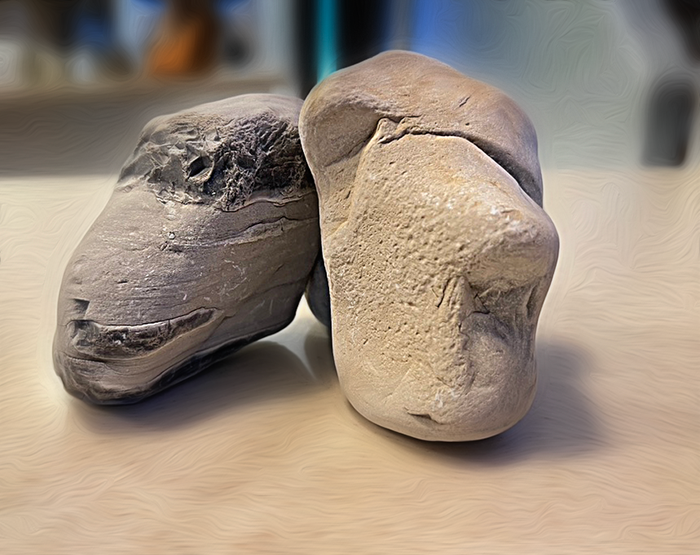Another new, new year. All it really means is that we’ve made one full trip around the sun. For the whole planet. So, it isn’t really a new year for anyone but Earth. Not Jupiter. Or Mercury. Heck, one year is only 88 days for Mercury. And don’t ever ask a dog what year it might be.
No. This time thing, this counting of the days, is very specific to us humans bound here to Planet Earth. All of it focused on how we lap the sun.
Don’t worry. The sun isn’t going anywhere for a very long time. But the players in the universe won’t last forever and ever. Our sun will run out of energy in about five billion years. If anyone is around when it happens, they’ll have to leave Earth and find a new planet. Luckily, we have these next five billion years to plan for that. If you have your doubts, you are not alone in this.
Regardless of that. Looking back. When Earth first formed 4.6 billion years ago, a day was about six hours long. Since then, the Earth has slowed down. It takes longer to spin around. Every 100 years, the day gets 0.0017 seconds longer. Why? We can blame it on the moon. Oh, that beautiful little tag-a-long friend of ours. It is slowing down Earth’s rotation with the tides it creates. As the tides rise and fall all over Earth, they generate a force that slows down Earth’s rotation. That good old gravity.
Since I mentioned gravity, did you know it isn’t the same everywhere on Earth? If the Earth were smooth — no hills, no bumps — gravity would be the same everywhere. But we have mountains, oceans, valleys, and all sorts of other features. Gravity is stronger in some of those places. Those differences are called gravity anomalies. We weigh less at higher altitudes if you are thinking of relocating.
Speaking of differences. About 250 million years ago, all the continents were wedged together into one enormous landmass. It was a supercontinent called Pangaea. But, over time, they shimmied a little. They shook. And moved along their shelves. Of course, today, we have seven continents. But Pangaea wasn’t the first supercontinent. Earlier — much earlier — About 800 million years ago, all the continents were pushed together in a different way. That supercontinent was called Rodinia.
All of this is examined by geology — that branch of Earth science concerned with both the liquid and solid Earth. Those smart scientists can look back and date these movements. They examine the rocks of which our Earth is composed. And evaluate the way they have changed over time. I’m sure getting back to Rodinia was a very big chore.
Here’s another thing about our locations. Most of the people I know live in North America. And. We may feel like we’re standing still, but we’re actually moving extremely fast. Depending on where we are on the globe, our little bodies could be spinning through space at just over 1,000 miles per hour. Here’s how it goes. People on the equator move the fastest. But. Someone standing on the North or South pole would be nearly still. So think of the Harlem Globetrotters and how they spin the basketball on their fingers. Pretend that is Earth. A random point on the ball’s equator has farther to go in a single spin than the point near the finger. So, down near the equator, people are really whirring around.
So. Here we are. Spinning. Circling. Moving through space. And because of that, we’ve turned over another year. That trip around the sun. No matter who you are or where you live, it’s moving. So hold on. Life is one big turn after another. And how we have another year.
========
“Write it on your heart that every day is the best day in the year.”
— Ralph Waldo Emerson
=========
“It is never too late to be what you might have been.”
— George Eliot
=========
What you can do, or dream you can, begin it,
Boldness has genius, power, and magic in it.
— Goethe
========
A New Year. Again.
